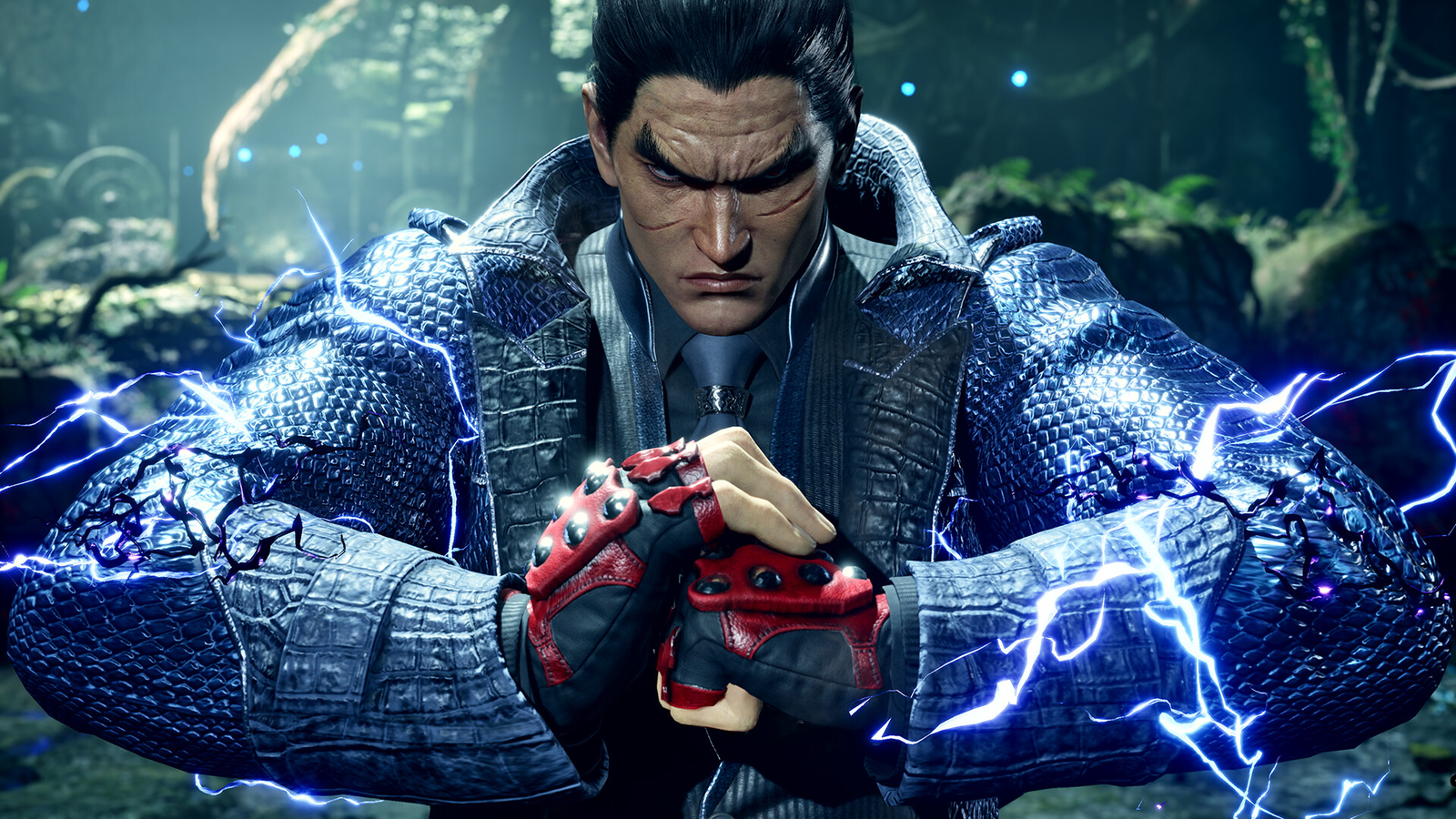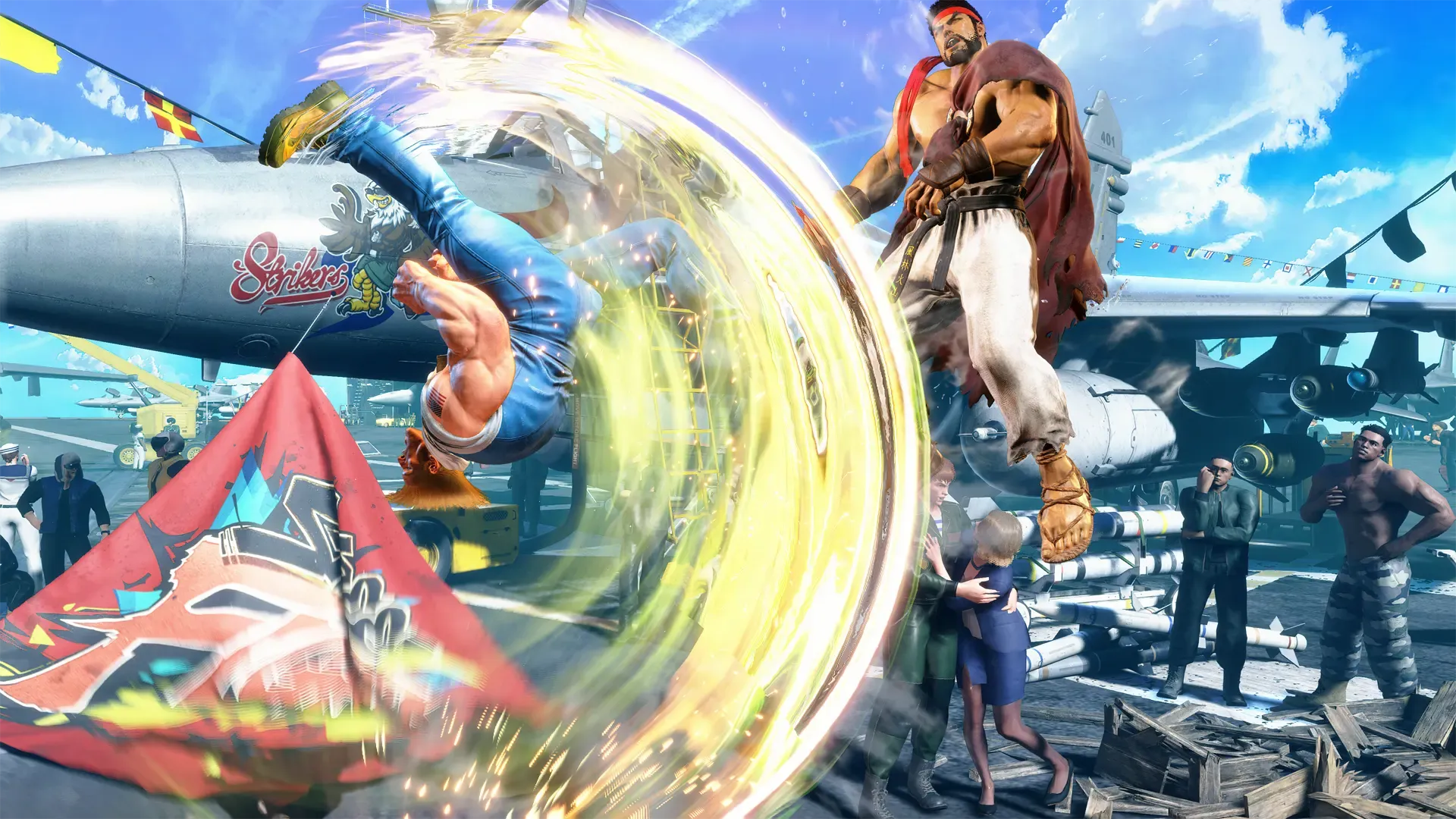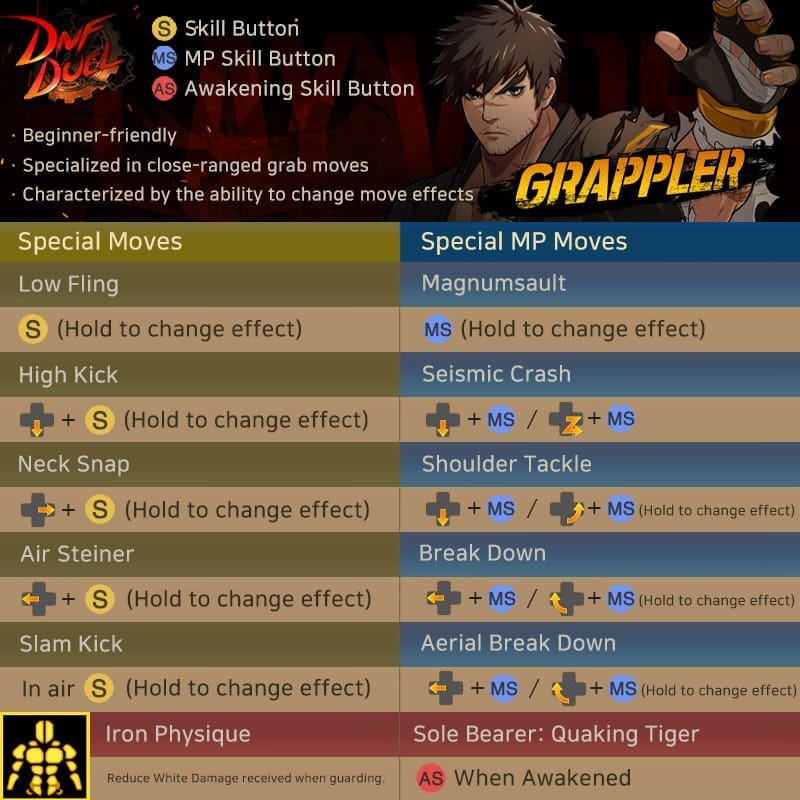Is the Execution Barrier of Fighting Games Too High?
Why newcomers struggle with the fighting games and how we can make them more accessible

Traditional fighting games are notoriously difficult to pick up. With hundreds of moves, complex motion inputs, and countless layers of strategical depth filled with knowledge checks, it can be hard for new players to even develop the basic understanding needed in these games to start having fun.
This steep learning curve plays a large part in why traditional fighting games, despite having a tightly knit and devoted community, at the end of the day reach a smaller audience than games in other genres. Even non-traditional platform fighters have proven to be able to reach much wider audiences (ex: Super Smash Bros.) and grow their player bases over their lifespan to a much greater degree (ex: Brawlhalla).

That brings us to the question, "is it possible to lower the barrier of entry to fighting games without losing the strategical depth that is integral to their appeal?" To answer this, let's take a look at the elements of fighting games that make them hard to learn and discuss how or if their complexity can be mitigated, starting with the elephant in the room, difficult execution.
What is execution?
Execution in fighting games determines whether you are able to make your character do what you want them to do. Many moves in fighting games require complex inputs to perform which, at a beginner level, makes it hard for new players to perform certain moves at all, and at a high level, leads to even professional players occasionally dropping combos or inputting risky moves by accident.
Why is it hard to learn?
Motion inputs (alongside many other mechanics) are completely unique to the genre of traditional fighting games. Players switching from Minecraft to Valorant are able to transfer their familiarity with aiming using a mouse and left clicking to trigger an interaction at their crosshair; fighting games don't have such precedents from other genres.

Even the simplest of motion inputs, the quarter circle forward input, can take hours to weeks of practice for players to perform consistently.
Does it need to be this hard?
The struggle to land inputs correctly is undeniably frustrating. Losing a match not because you made a bad call but because your character did not do what you intended them to do makes players feel that their decisions have little impact on the outcome of a match.
It's hard to have fun in a match when you can't utilize your character's fundamental tools. In most other games players don't worry about whether they can perform basic actions but about how well they can perform them. A poor aimer in an FPS is still able to shoot their gun and could even land a kill on a skilled player by sneaking up behind them. In a fighting game, new players struggle to "shoot their gun" at all and don't stand a chance against someone who can. The execution floor of fighting games is much higher than in other genres. As a result, players need to spend more time learning the game than usual before they can begin having fun.
These ramifications have undoubtedly turned many away from the fighting game genre, so to mitigate the execution barrier, modern fighting games have begun to introduce simpler inputs and combo systems that have allowed newcomers to experience landing cool sequences and cinematic super moves more easily.
Grandblue Fantasy Versus: Rising features some of the most accessible input and combo systems in recent times. Source: Grandblue Fantasy Versus: Rising Official Site.
However, if tough execution had no upside, it wouldn't have been a mainstay in fighting games for so long. It absolutely does play role in the strategical depth of the genre. In fact, developers often consider the difficulty of a move's input when balancing its strength.
Benefit 1: Strategy
Players, for example, may have these three moves as options to counter an opponent jumping at them.

The damage of a move here is directly correlated with how difficult it is to input. Harder and longer inputs are higher risk and thus reward the player more for using them. Simplifying execution would change the table to something like this.

Now, jumping has become a much riskier option as it's easier to punish a jump with a high-damaging super. The player also has less options to considering when anti-airing; there is now no reason to ever use a low-damaging one-button anti-air over a dragon punch or super, since they're all just as easy to react with.
Taking into account directionality and charge inputs makes execution's connection to strategy even more obvious. If a move's input starts with a back motion, I'd be less worried about my opponent using that move while they are walking towards me (holding forward) than if they were walking backwards (already holding back). If a character's anti-air move requires them to hold the down input for at least a second before using it, I'd be more inclined to jump at my opponent when I see them standing (not holding down) instead of crouching (already holding down).

The takeaway here is that input complexity impacts the strength and versatility of moves. Removing this complexity affects the balance of a game and strips away some of its depth. This is why modern games that have simple inputs also provide the option to use technical inputs and implement a tradeoff between the two control schemes, such as a damage boost for using technical inputs or a health cost for using a certain simple input. They also often retain elements such as directionality or charging within simple input schemes to retain the strategical depth those interactions bring.

Benefit 2: Player expression
So far, we've been mainly discussing execution in the context of motion inputs, but execution also manifests itself in many other ways, such as in the strict timing necessary to link certain moves together in combos or to perform perfect parries. So what value does the execution barrier for these interactions bring? Let's take a look at Street Fighter 4, the game that revived the fighting game genre back in 2008.
To link a kick after a punch in SF4, a player must perform the kick input in a miniscule time window after the animation for the punch ends, usually along the magnitude of several frames (1/60ths of a second). This led to the discovery of optimal combos with insane levels of execution, requiring players to consistently land inputs in 1 frame windows, called one-frame links.
Daigo Umehara lands one of the hardest SF4 combos in tournament, full of one-frame links. Source: YouTube.
This, as you may imagine, sounds like a tall mountain for new players to climb. But these one-frame link combos were actually not meant for casual players to utilize. Wherever there's a high execution combo, there's almost always a tournament viable alternative that's much easier to execute.
The key here is that SF4's combo system allowed for player expression. It was very possible for players to reach the highest levels of play without ever using one-frame links. But they also had the option to take a huge risk and go for the most optimal combos. This freedom makes the skill ceiling virtually infinite, and has created some of the most hype displays of skill in esports, such as the combo in the video above or the most iconic fighting game clip ever, known as Evo Moment #37.
Daigo Umehara perfect parries every hit of Chun-Li's SA2 to win the round, the only way for him to survive the attack with just a sliver of health. Source: YouTube.
Most players thought parrying Chun-Li's entire Super Art 2 was so difficult that it was impossible, until they saw this feat by fighting game legend Daigo. It's unbelievably rare to be in a situation where it's actually necessary to perform this parry sequence to win a round, yet Daigo had practiced it and was ready. The existence of high-execution options is what makes these superhuman moments possible.
Moving back to Sf4 however, despite the hype that its combo system brought to the competitive scene, for casual players, even the easier combo routes proved too difficult. As such, moving forward, nearly all modern fighting games have implemented a new system called input buffering, which stores a player's input for some time and triggers it as soon as their character is able to move, greatly expanding the window in which moves can be linked together into combos.
Input buffering has lowered the skill floor and made it possible even to mash inputs to get moves out, a popular strategy among newcomers. But in doing so, it has also brought down the skill ceiling, taking away the high-execution options that allowed top players to differentiate themselves. Developers have mitigated this loss by allowing players to express themselves more in strategies like whiff punishing, neutral, and mixups. But at the end of the day, these facets of a match are less entertaining to watch for an average spectator than flashy feats of execution.
Benefit 3: Satisfaction
One final benefit of including difficult execution is simply that using motion inputs and landing airtight combos is fun. This is, of course, subjective, but there is undoubtedly an audience that enjoys the mechanical minigame of practicing tough combos and revels in the satisfaction of landing techniques they've practiced for hours in a real match.
Takeaway
Difficult execution is not integral to the core fighting game experience, but it definitely augments it. Developers have done a great job mitigating the execution barrier by introducing simple input options with slight drawbacks to allow new players to get acclimated. However, these options still feel like just stepping stones, making players that use them feel like they are "less skilled" or starting with a distinct disadvantage. I have yet to see a game that uses a simple input scheme as the standard yet retains the strategical depth and player expression that execution brings to the table. Stay tuned for a follow up article on the overall complexity of fighting game systems and whether we can reduce the minimum amount of game knowledge needed for newcomers to starting having fun with them.
